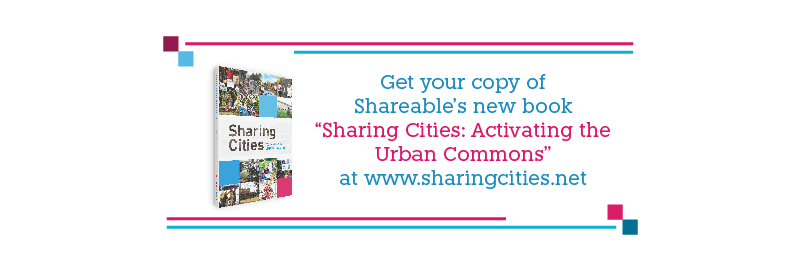Here's the problem: Urban planning has historically relied on top-down processes in which technical experts create land use designs that are then authorized by municipal officials. Even though international development agencies and many professional planners have endorsed the extensive research supporting participatory approaches, the wide variety of challenges that each urban planning project faces has made it difficult to establish transferable methods, even among wealthier cities in the world. How can organizations collaborate to create public spaces in impoverished areas such as the Kibera neighborhood in Nairobi?
Here's how one organization is working on the problem: In 2011, Mojang — a video-game studio based in Stockholm, Sweden, founded by the creator of popular gaming platform Minecraft — partnered with the Swedish government to develop new tools for urban planning. Utilizing Minecraft, Mina Kvarter was introduced as a program to involve the tenants of nearly 1 million public-housing apartments in reconstructing and revitalizing their neighborhoods. The United Nations Human Settlements Programme or U.N. Habitat then partnered with Mojang to use similar methods in the United Nations's Global Public Spaces Program that sought to upgrade 300 public spaces, starting in Nairobi.
The program, called "Block by Block," is primarily sponsored by Mojang. The company works with organizations like FyreUK, a Minecraft modelling group, to build the initial renderings. U.N. Habitat coordinates participatory design workshops for community groups, empowering them to alter the renderings in ways that reflect their real needs, and presents the results to city officials.
Results:
- In a study on the 15 projects — in 12 countries — completed through Block by Block, U.N. Habitat found that using the technology as a tool for participatory urban planning and design was "a powerful way to include nontraditional stakeholders in decisionmaking processes," and that "[v]isualization is crucial in how people perceive reality, and Minecraft is therefore useful for agreeing joint policy positions and solutions."
- Prototyped at the Undugu playground in Nairobi's Kibera neighborhood, the participatory method immediately proved useful, allowing residents and architects to collaboratively resolve design discrepancies and create a plan they could agree upon.
Learn more from:
This case study is adapted from our latest book, "Sharing Cities: Activating the Urban Commons." Get a copy today.
Header image of the FyreUK initial rendering of Undugu Playground, Kibera, Nairobi provided by Mojang Team










